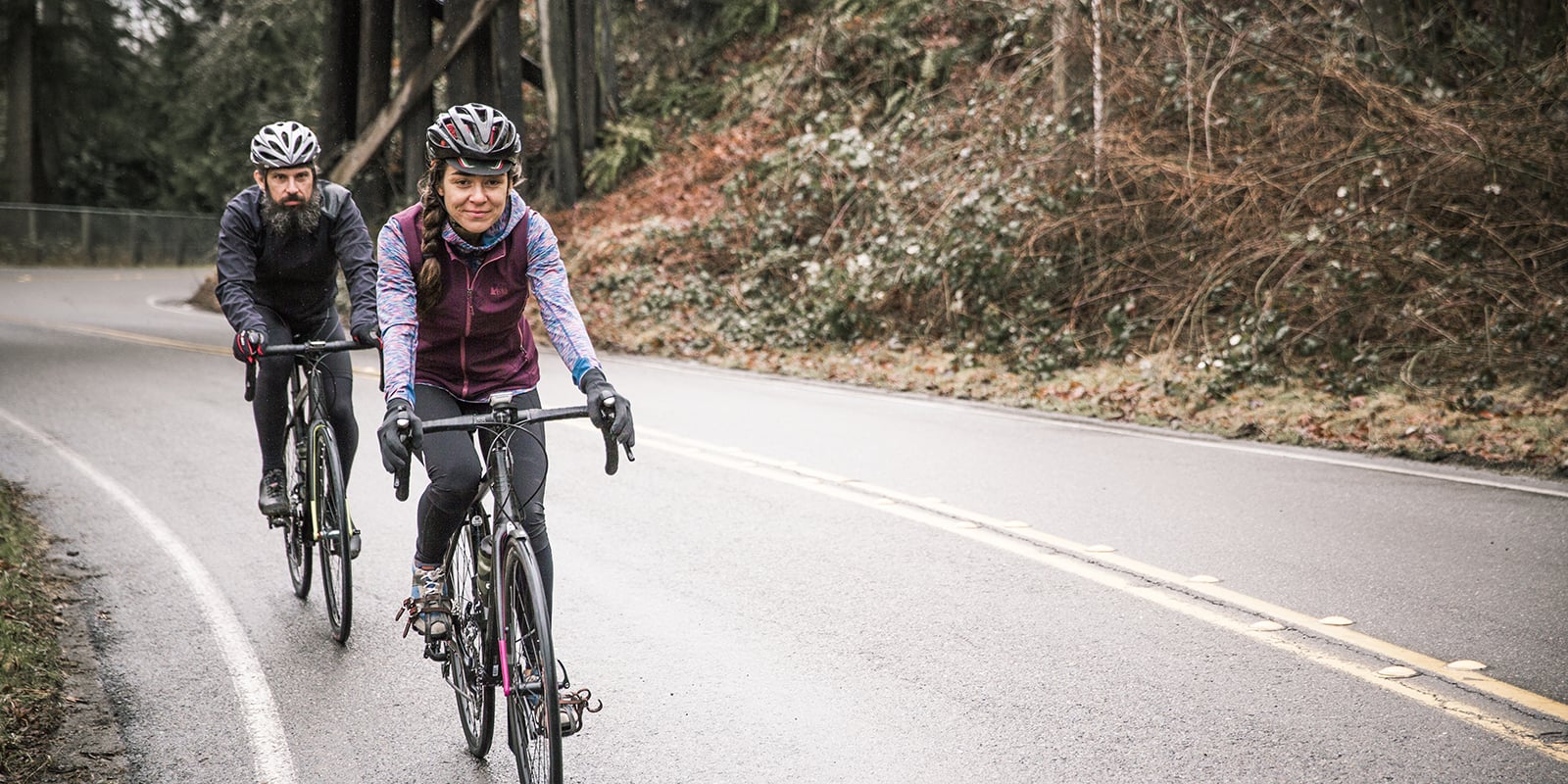Important Design Principles for Bicycle-Friendly Roads

Cyclists and pedestrians accidents make up over 25% of road fatalities. As vehicle roadways multiply due to population increase, investigators calculate that by 2030, on-street accidents will become one of the most prominent causes of death.
Massive action needs to be taken to circumvent the trend, and implementing proven design principles may be the first step in reducing bicycle accidents. “Designing a network of roads for cyclists entails the understanding that different considerations should be made for cyclists that are distinct from the behavior and needs of pedestrians or vehicles,” remarked Jim Parrish, bicycle accident lawyer.
Particularly, designers of highway blueprints should be aware that cyclists have requirements regarding how much space on the road they use, how well they can maneuver the equipment, and the range of speeds for which they can travel. It is also important for designers to keep in mind that bicycles are powered by the rider’s muscles, which is why riders want to reduce the lost energy that can occur from riding around tight corners, steep hills, or having to stop the bike.
Effective street design can reduce the rate of bicycle accidents through the following measures.
Consider user experience. Bicycle routes should be tested at different times of day the to ensure that they are safe both at night and in daylight. Cyclists should be consulted at various points during the process of route design and development. When possible, bicyclists should have an advantage regarding priority and directness.
Lower speed limits. Drivers who are traveling extremely fast have a higher chance of seriously injuring or killing people or animals that may inadvertently be hit. Other methods of calming traffic include elevated pedestrian walkways, sidewalk extensions, and speed bumps to reduce speed.
Locate problem areas and focus design solutions. Known locations that tend to cause danger should be prioritized in repairs or adjustment, and resources should be allocated to focus on the areas that need it the most.
Aim to develop for the target user. Designs should be developed in order to appeal to cyclists who may not be as confident in addition to more seasoned athletes. Adequate space should be allocated in regards to width, making safe right turns, and smooth transitions to cycle tracks. Visibility and condition of the road surface are other areas to keep in mind.
Emphasize standards and continuity. Quality signs must be placed at the beginning and end points of routes to ensure safety and coherence. Complex engineering decisions should be made early to prevent issues from arising late in the design process. Final designs should include specifics regarding expenses and maintenance needs. The design must be able to function successfully in varied weather conditions and in poor visibility.
Roadways should be developed in a way that can aid in the protection of cyclists. As research has shown that well-planned and calculated design can protect cyclists, continued efforts by developers should be made to send the message that cyclists are equally important as engine-powered traffic.
